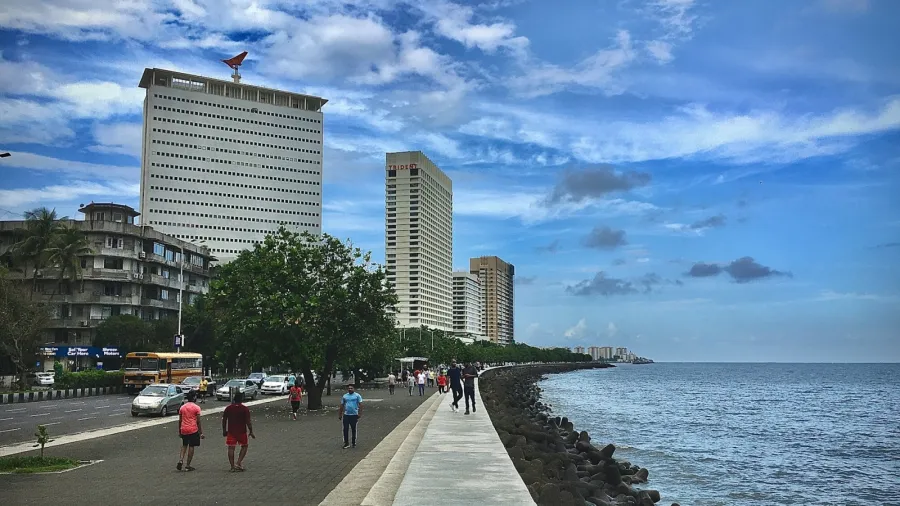
Indian banks benefit from infra spending, lower credit risks
Credit losses may rise in the next 12-24 months but still better than averages.
India’s financial institutions are expected to ride on the country’s good economic growth momentum, with risks lowering, said S&P Global Ratings.
The ratings agency expects India's sound economic fundamentals to underpin growth momentum over the next two to three years.
In particular, infrastructure spending will likely pave the way for robust economic growth, which will support banks' asset quality, S&P said.
“In our view, some of the factors benefiting the sovereign's creditworthiness will have a positive effect on operating conditions for financial institutions in India.,” the ratings agency said on 15 August 2025, where it upgraded its outlooks for ten Indian financial institutions from “stable” to “positive.”
Banks upgrades are HDFC Bank, ICICI Bank, State Bank of India, Axis Bank, Kotak Mahindra Bank, Union Bank of India, and Indian Bank.
Finance companies named are Bajaj Finance, Tata Capital, and L&T Finance.
S&P noted how the insolvency and bankruptcy code (IBC) has improved the payment culture and rule of law in India since its first introduction in 2016, promoting a credit culture that encourages restructuring of going-concern entities.
Recovery values have also improved to more than 30%, from 15%-20% under the previous bankruptcy regime, it added.
“As such, we believe credit risk in the system has reduced,” S&P said.
Indian banks’ asset qualities are also expected to remain healthy on structural improvement in operating conditions and good economic losses.
Credit losses may inch up to 0.8%-0.9% over the next 12-24 months, however, from the decade lows of 0.6% in fiscal year 2025 that ended on 31 March 2025. However, they will compare favorably with long-term average credit costs of 1.5%, S&P said.
“Pockets of stress have emerged in some asset classes, namely small-ticket unsecured personal loans, credit cards, commercial vehicle financing, and microfinance loans,
S&P warned.
“These segments have grown rapidly over the past few years and have contributed to incremental growth in nonperforming loans,” it added.
S&P believes the underwriting standards for secured retail loans are healthy, and delinquencies will remain manageable.
“Tightening regulations and stricter guardrails in microfinance should also contain asset-quality strains,” it said.
Falling interest rates will also partly support banks’ asset quality.
“We project the banking sector's weak loans (including standard restructured advances) will remain at 3.0%-3.1% of gross loans at the end of March 2026, in line with the decade low of 3.0% as of 31 March 2025,” S&P said.



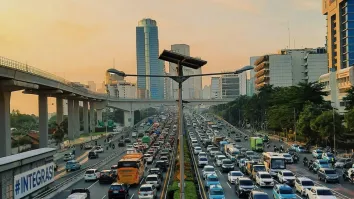
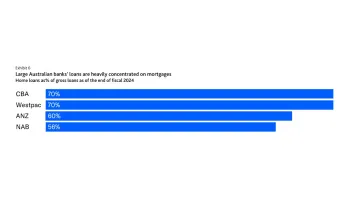





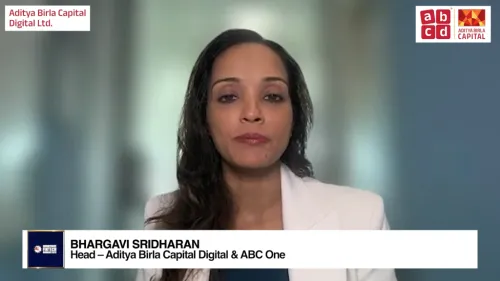


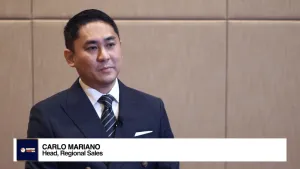
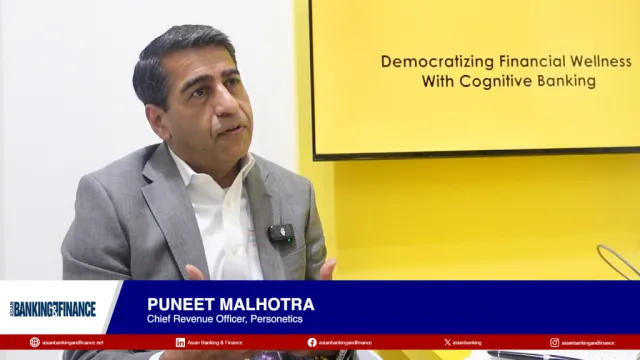
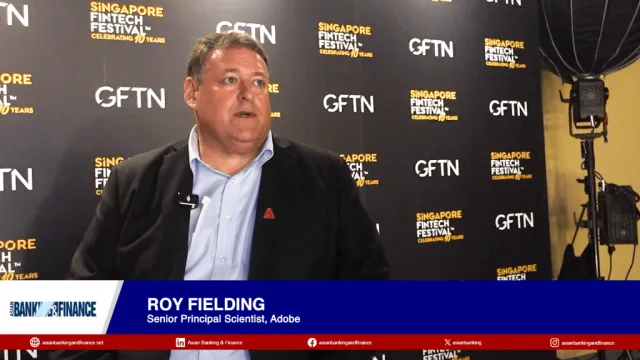



 Advertise
Advertise










